Choosing the Right Outdoor Light
Picking a good outdoor light fixture is the first step in making your outdoor space brighter. Look for strong, weather-resistant lights that match your home's style. LED lights are a smart choice because they save energy and money over time. Think about how bright you want the light to be, what color of light you prefer, and where you want the light to shine.
Seus Lighting has many outdoor lighting options for different needs. They have wall lights, solar-powered lights, modern designs, traditional styles, and smart lights that can make your home's outside look better. To learn more about choosing the right outdoor fixtures for your home, check out this guide on how to select the perfect lighting for your outdoor areas.
| Key Takeaways | |
|---|---|
| 1. Safety First | Always turn off power before installation |
| 2. Choose Wisely | Select weather-resistant, energy-efficient fixtures |
| 3. Proper Tools | Gather all necessary tools before starting |
| 4. Correct Wiring | Match wire colors and secure connections |
| 5. Weatherproofing | Seal all gaps to prevent water damage |
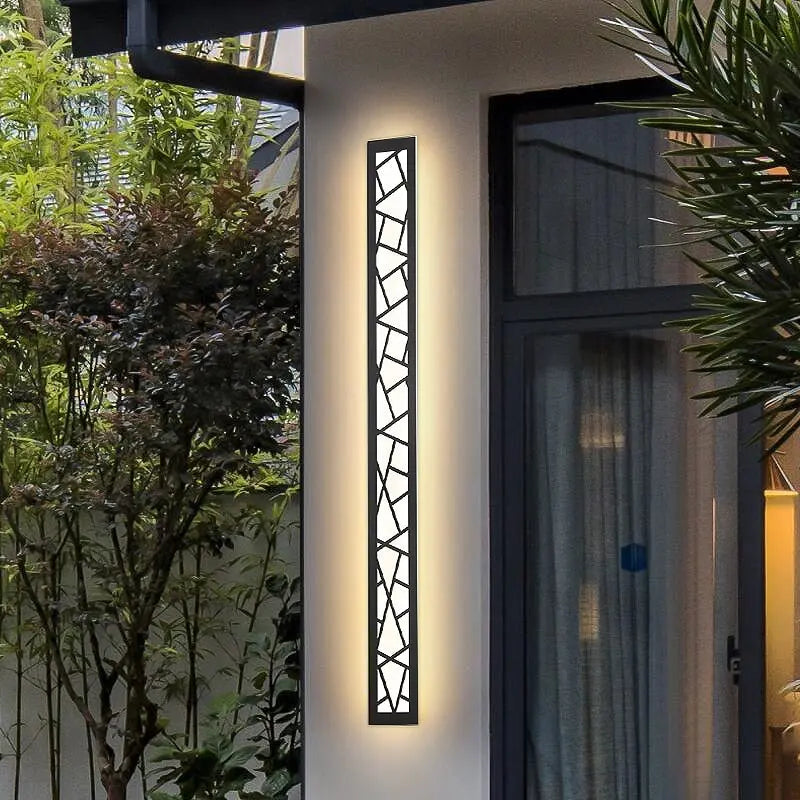

Gathering Your Tools
Before you start, make sure you have all the tools you need. Having everything ready will make the job easier and faster. Here's a list of what you'll need:
Essential Tools for Outdoor Light Installation
- Screwdriver set for different types of screws
- Wire stripper to prepare electric wires
- Voltage tester to check if power is off
- Wire nuts and electrical tape to connect wires safely
- Caulk and caulk gun to keep water out
- Ladder to reach high places safely
- Safety glasses and gloves to protect yourself
- Measuring tape to check cable lengths
- Fish tape to pull cable through walls
- Crimp tool and special connectors for strong connections
Safety First
Working with electricity can be dangerous. Always turn off the power at the circuit breaker before you start. Use a voltage tester to make sure the power is really off. Wear safety glasses and gloves to protect yourself. If you're using a ladder, make sure it's stable and on flat ground. It's a good idea to have a friend help you, especially when working up high or with heavy lights.
Removing the Old Fixture

If you're replacing an old light, here's how to take it off:
- Unscrew the mounting bracket
- Disconnect the wires, and remember which colors go where
- Take off the old light
- Check the electrical box for any damage
- Clean the area and get ready for the new light
Installing the New Electrical Box
If you need a new electrical box:
- Choose a box that can handle outdoor weather
- Attach it firmly to the wall
- Make sure it's straight and sealed well
- Use the right anchors if you're putting it on brick or siding
- Check that the box can hold the weight of your new light
Connecting the Wires
This part is really important for your light to work right:
- Put the wires through the new box
- Strip the ends of the wires if you need to
- Connect the wires with matching colors:
- Black to black (hot)
- White to white (neutral)
- Green or copper to ground
- Use wire nuts to keep the connections safe and wrap them with electrical tape for extra protection
- Gently pull on each wire to make sure they're connected well
If you're installing smart lights or something more complicated, you might want to check the instructions or ask a professional for help.
Mounting Your New Light
Now it's time to put up your new light:
- Attach the mounting bracket to the electrical box
- Connect the light's wires to the house wires
- Carefully push all the wires into the box
- Attach the light to the mounting bracket
- Make sure the light is straight and lined up right
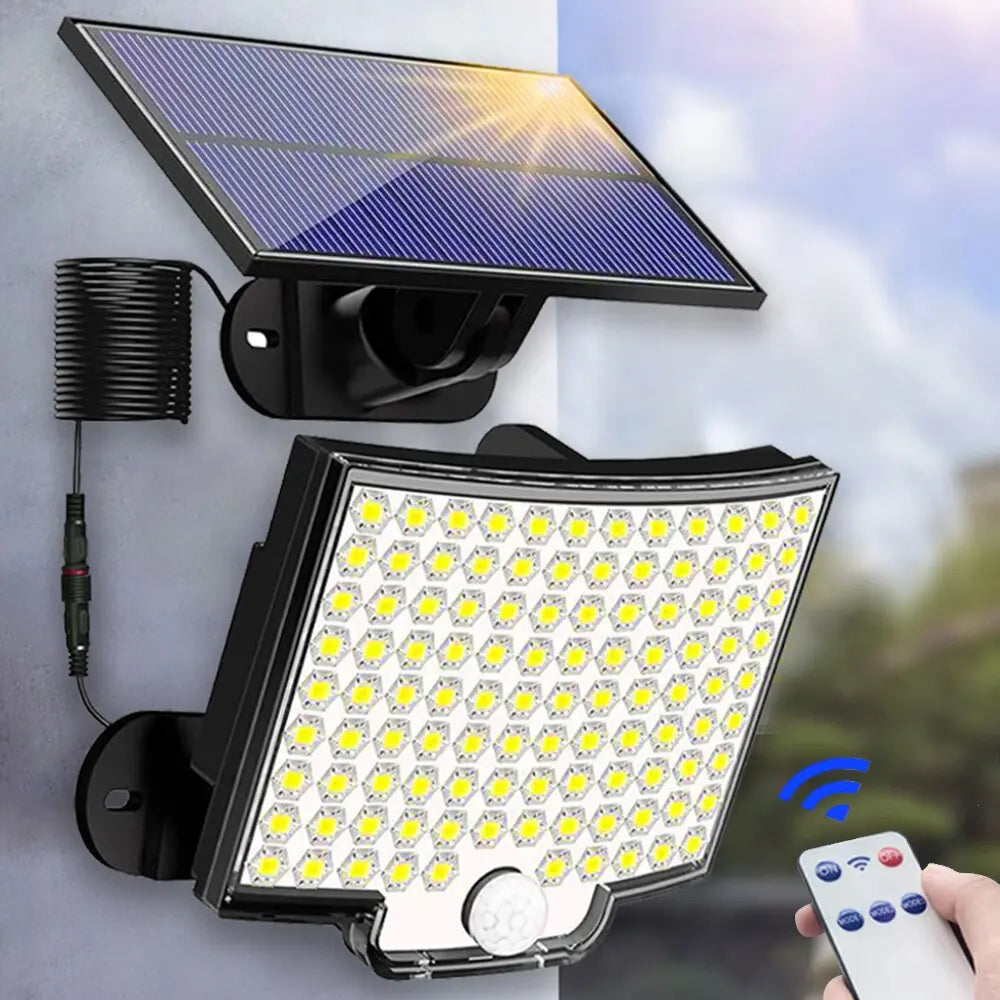
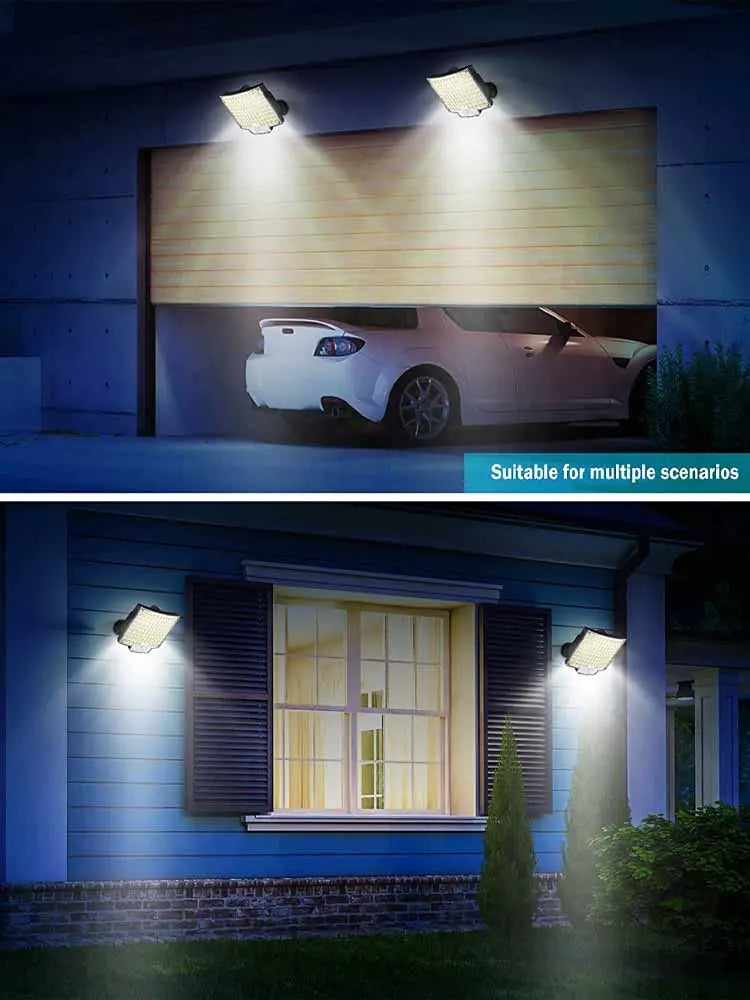
Weatherproofing Your Installation
To keep your new light safe from rain and snow:
- Put caulk around the bottom of the light
- Make sure all gaps are filled to keep water out
- Wait for the caulk to dry completely
- Think about adding a weatherproof cover for extra protection
- Check the light every year to make sure it's still in good shape
Adding Bulbs and Finishing Touches
You're almost done:
- Choose the right bulbs for your light (LED bulbs are a great choice)
- Put in the bulbs and any covers or shades
- Make sure everything is tightened well
- Clean any fingerprints or dirt from the light and glass
- You might want to add a dimmer switch to change how bright the light is
Testing Your New Light
Time to see if your hard work paid off:
- Turn the power back on at the circuit breaker
- Try the light switch
- Listen for any weird noises or watch for flickering
- Look at how the light shines and adjust the fixture if you need to
- Test any special features like motion sensors or timers
Troubleshooting Common Problems
If something's not right, try these fixes:
Common Outdoor Light Installation Issues and Solutions
If you keep having problems, you might want to check the Seus Lighting FAQ page or ask their customer service for help.
Expanding Your Outdoor Lighting
Now that you know how to install a light, you might want to add more lights outside. Seus Lighting has lots of choices:
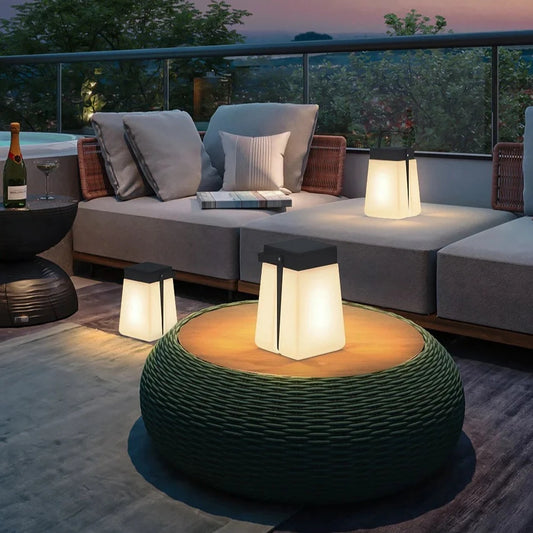
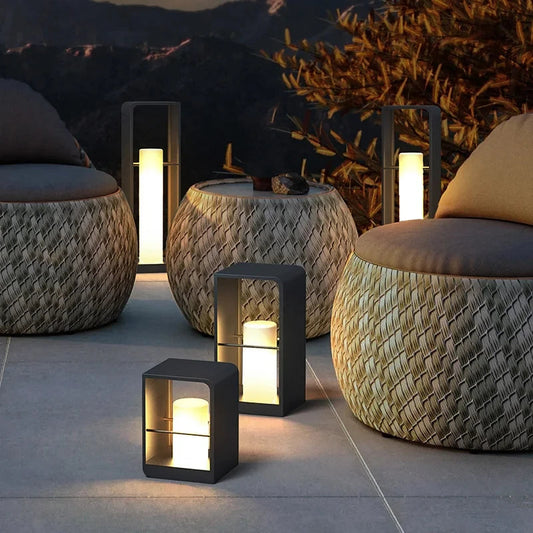
Solar-powered lights like these are easy to set up and can help you save money on electricity. They're great for lighting up walkways, gardens, or patios. You can mix different types of lights to make your yard look really nice at night.
Final Thoughts
Installing an outdoor light might seem hard at first, but with the right tools and some patience, you can do it yourself. Always be safe and follow the rules for electrical work in your area. If you're not sure about something, it's best to ask an electrician for help.
With your new outdoor light, you'll be able to see better outside and your home will look more welcoming. Whether you're having friends over at night or just want to feel safer when you come home in the dark, good outdoor lighting makes a big difference. Think about how different types of light bulbs can change the mood and usefulness of your outdoor areas.
Taking care of your outdoor lights regularly will help them work well and look good for a long time. Clean the lights every so often, check for any damage, and change the bulbs when you need to.
Look at Seus Lighting's outdoor collection for more ideas on how to light up your yard. They have stylish wall lights, solar-powered options, and lots of other choices to make your home's outside look great. If you need further inspiration for your outdoor space, feel free to explore this article that dives into the latest outdoor lighting ideas. Happy installing!
Can I install outside lights myself?
While it's possible to install simple outdoor lights yourself, complex or hardwired systems should be installed by a professional electrician for safety and code compliance.
Do I need a mounting block for exterior lights?
A mounting block is recommended for exterior lights to provide a stable, level surface and protect your home's siding from water damage.
How do you wire an outdoor light?
Wiring an outdoor light involves connecting the fixture's wires to your home's electrical system, typically requiring cutting a hole for an exterior light box and safely supplying power.
Do I need an electrician to install outdoor lights?
For hardwired outdoor lighting systems, it's best to hire a licensed electrician to ensure safe installation and compliance with local electrical codes.
How do you install outdoor lights without wiring?
Solar-powered or battery-operated lights are easy DIY options that don't require wiring. These can be installed without professional help.
How much does it cost to add an outside light?
The average cost to install an outdoor light fixture ranges from $75 to $200, depending on the type of fixture and complexity of installation










